13 ways to help New Zealand birds on your property
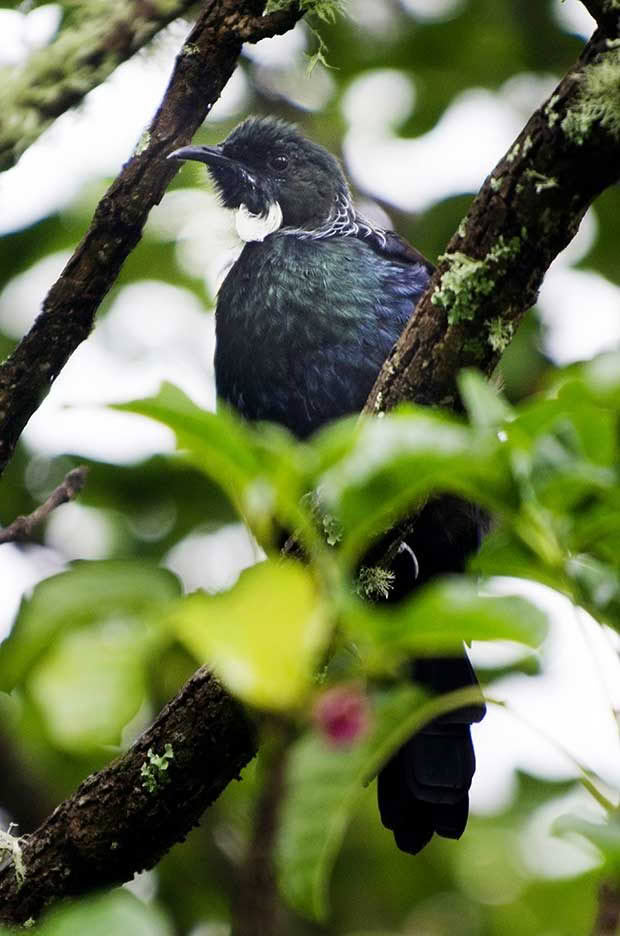
Many of us have grass for cattle and sheep, but there are a lot of benefits to making room for the wild things.
Words: Sara Gerard
You’ll hear a lot of negatives about the development of lifestyle blocks in rural New Zealand, but they can play an important role in protecting and enhancing biodiversity and wildlife.
The plants and animals we share our land with are determined by the way we manage the land. The ability for wildlife to flourish depends on the health of the habitat we provide.
Why should you take wildlife into account in your planning and management?
I believe it can benefit our well-being and the well-being of the environment. Wildlife helps us to relate to our natural physical world and brings beauty into our lives. It can heighten our emotions of empathy, compassion, wonder and surprise, and for some the desire or need to hunt.
WHAT CAN YOU DO TO HELP WILDLIFE?
Before getting stuck in with our mowers, weed eaters, chainsaws and matches in a bid to create neat, tidy, manicured properties, we could consider the value to wildlife of that rough unmown grass, thickets, rotting logs and overgrown bush.
On my block we are currently extensively grazing. The mixed land around us provides diverse habitat for wildlife and we have benefited as our block has become a home for wild pheasants and Californian quail.
Our longer pasture with tufts of grass provides an ideal habitat for the quail, including their nests.
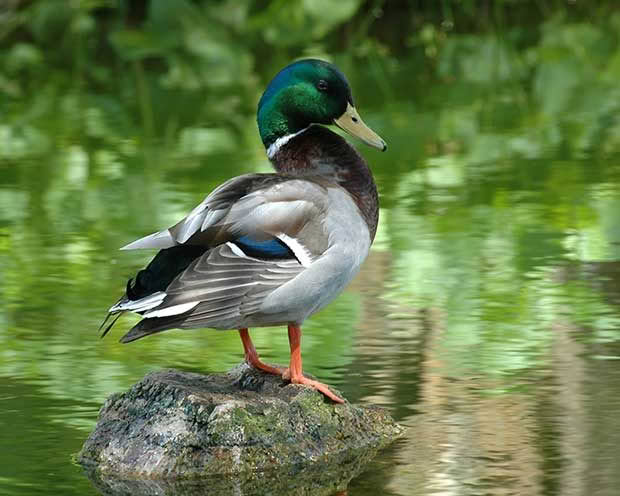
I have not worked out why stoats, our two cats and dog have not taken advantage of this, or how the chicks manage to survive, but it’s this ability of self-renewal that I admire most about these birds.
Our redwood, spruce, oak and poplar woodland provides an attractive habitat for pheasants and morepork, and tui love the flax and flowering trees. The presence of these bird species through the seasons is delightful and they are now an inherent part of our property.
We also have a starling which lays her eggs in our mailbox, and swallows which nest over our front door.
The wildlife on our property makes me feel a part of nature and with that I feel richer.
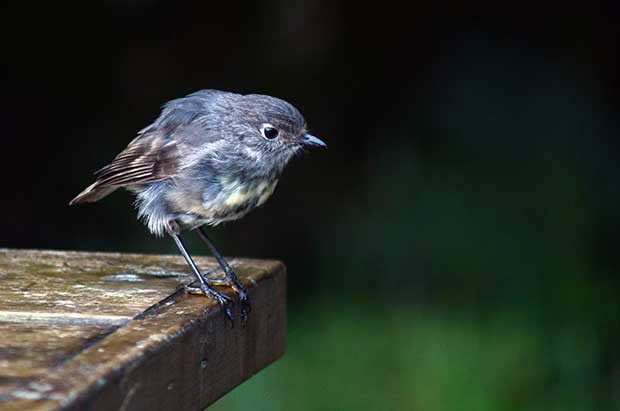
South Island Robin.
There is a great diversity of rural ecosystems around New Zealand. The varying terrain, soils and climate supports a range of agricultural regimes and indigenous fauna and flora.
Except for the recent drainage of wetlands nearby, I think our local rural ecosystem not only has a diverse range of local habitats but it is relatively healthy. How can I tell? By watching, among other things, the pheasants and quail.
Every area has its own wildlife ‘indicator’ species which help show the ecological health and integrity of a particular ecosystem, or the health of the land in a whole area. Those living and working on the land will get to know what the local indicator species are in their area and notice their numbers rise and fall.
This is affected by many things including climatic events, changes in habitat and the availability of food or the level of predation.
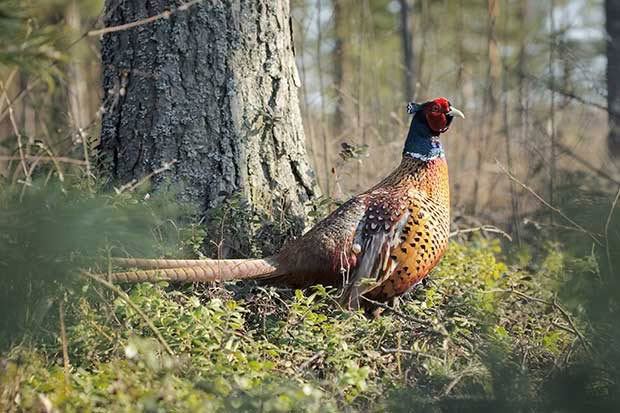
Pheasant.
For instance, robin or kakapo provide ecological indicators for our native forests, bittern in our wetlands, and pheasants and quail in agricultural landscapes.
Let’s not forget the vital role played by insects. They are not all pests and many, such as bees, are critical in human food production. But insects of all types are also an important contribution to the food web and the ecosystem as a whole, and they too are dependent on wise land use and the health of the land.
For wildlife to flourish, and have the capacity for healthy self-renewal, it requires habitats with a diverse range of food and which provide shelter, protection from predators and a place to breed.
We can help provide all those needs alongside our own. I feel privileged to live in New Zealand and be able to live on a lifestyle block with countryside all around us and diverse wildlife to share our home.
13 ways to help native birds on your block
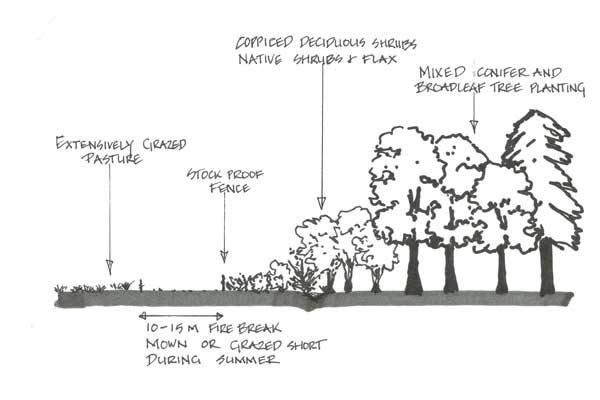
1. Plant forest/woodland with a mix of conifer and broadleaf species, to provide a varied structure and a range of conditions for birdlife.
2. Design your forest area with an irregular boundary to maximise the habitat-rich forest ‘edge’.
3. Create a tiered shrubby woodland edge to provide cover for birds.
4. Open up areas, 30-50m wide within larger forest areas to provide further ‘edge effect’. Coppicing is a useful regime and new growth provides good shrubby conditions.
5. Plant a range of trees, shrubs and flax species for year-round food, juice for water, and nectar.
6. Allow an area of extensively grazed pasture, so grass is able to form tufts.
7. Protect, restore and create wetlands with open water and swamp, and plant native trees, flax, reeds and rushes. Include a range of water edges, from steep banks with trees hanging over to shallow wading slopes. Provide islands and trees for roosting. Fence off the wetland to keep livestock out.
8. Retain natural seepage areas and water in the landscape. Provide portable shallow ‘bird baths’ so there’s water even in severe drought.
9. Protect, fence off, restore and create riparian plantings with native trees, shrubs, flaxes, reeds and rushes.
10. Provide ecological corridors and networks by linking up forest, riparian zones, wetlands, shelter belts and hedgerows within your property that connect to similar habitat on neighbouring properties.
11. Retain trees, shrubs, cliffs (used by kingfishers and native bee species) and other places obviously used for nesting on a yearly basis. Many bird species come back and use the same nesting spot each year.
12. Design your property to incorporate fire breaks such as intensively grazed areas, streams, roads, tracks or strips of fire retardant trees. A rough guide is many types of deciduous tree, eg oak, willow, poplar, plane, Liquidambar, apple, pear, peach, nectarine, fig.
13. Identify predators, monitor their activity and carry out control as recommended by your local regional council field officer.
ECOSYSTEMS WITH HIGH NATURAL CHARACTER AND NATIVE SPECIES INDICATING ECOLOGICAL HEALTH AND INTEGRITY
Northland mixed podocarp: kakapo
South Island beech forest: South Island robin
Wetland: Australasian bittern
Southern Alps riparian: blue duck
River, stream: long-finned eel, trout, salmon
River gorge: long-tailed bat
Rock outcrops: gecko lizard
EXAMPLES OF MODIFIED ECOSYSTEMS AND EXOTIC SPECIES AS INDICATORS OF LAND HEALTH AND STEWARDSHIP
Agricultural and pastoral: tui, wood pigeon, fantail, pheasant, Californian quail
River through agricultural area: trout, salmon
Wetland in agricultural area: frogs, mallard duck
Love this story? Subscribe now!
 This article first appeared in NZ Life & Leisure Magazine.
This article first appeared in NZ Life & Leisure Magazine.
